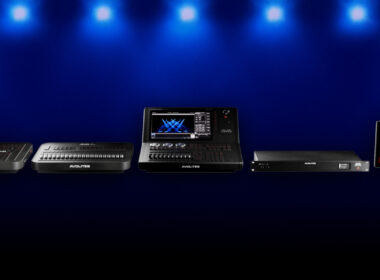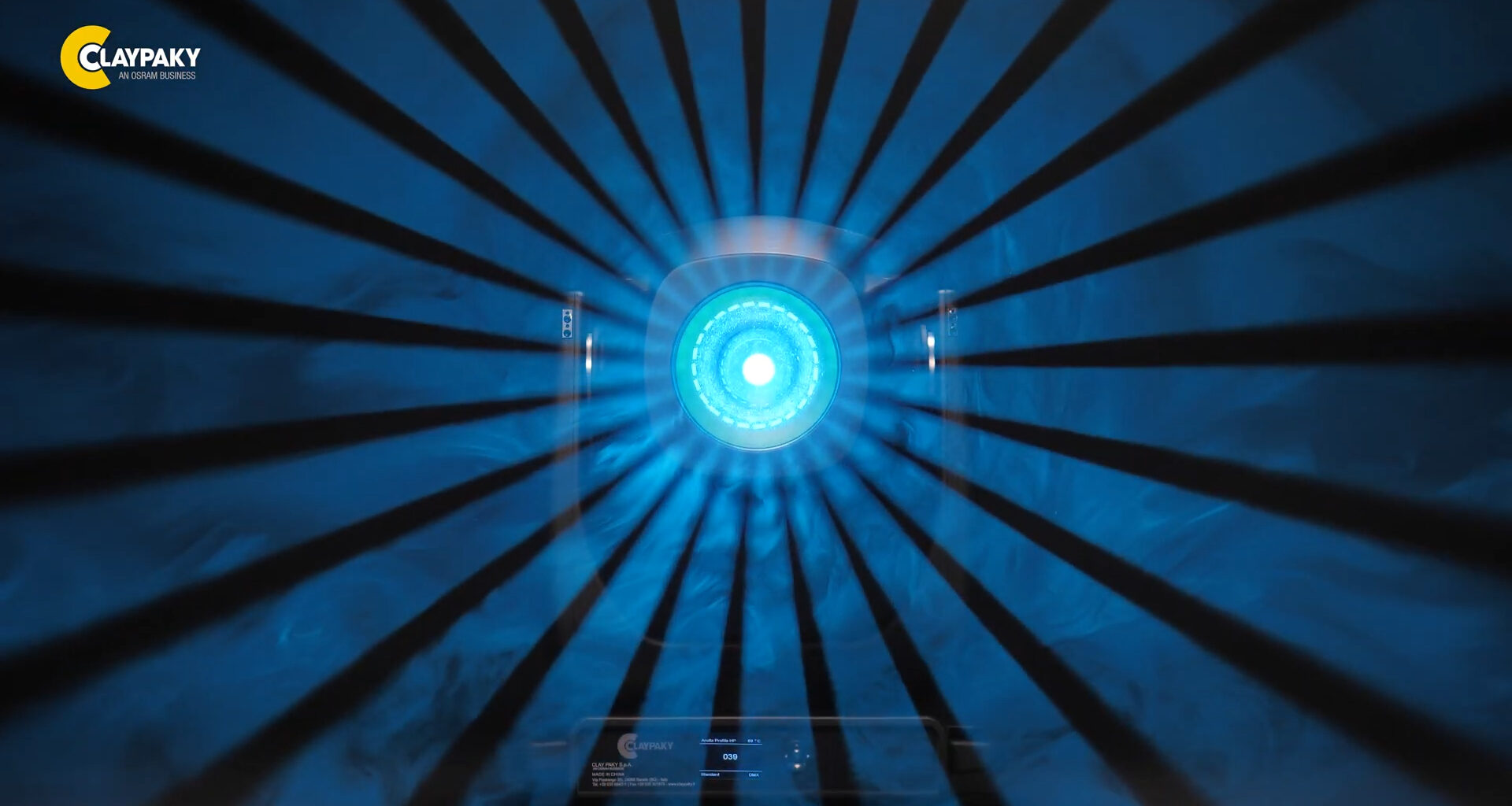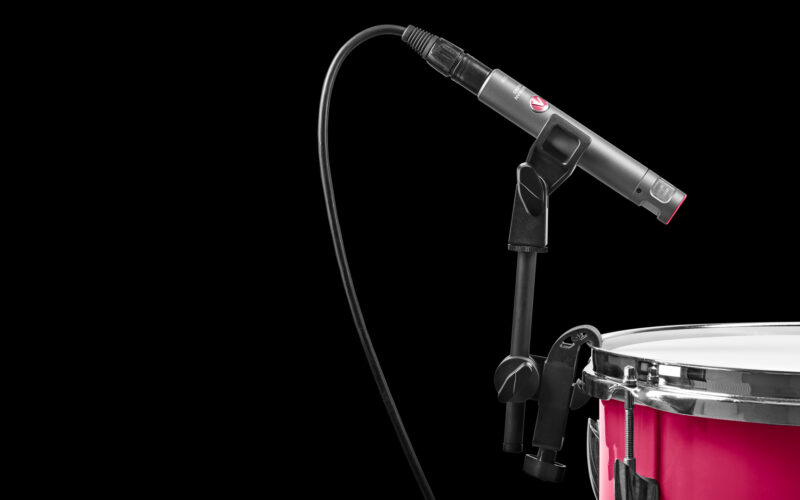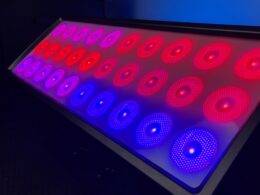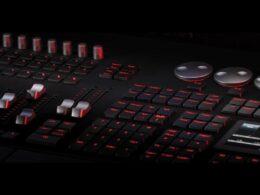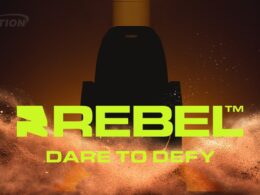I don't know if I've already said how much I don't like to write about devices. Especially when it's a device that doesn't bring anything revolutionary. It is just another new Opel. The old one was cool, but the new one is better because it's newer, and the old one is already falling apart from old age.
This should be my review for most devices. To be clear, I like and recommend the Arolles. I've had the opportunity to shine on them before and the first time I even said "whoa". But since this is going to be a review, longer than this moment, because I would have finished here, let's do an analysis of the specifications from Prolight's website and I'll drape it with a comparison to the Quantum, which is somewhat of an indicator for me.
Optics and power
In the mentioned device, in the parameter "light source" we have specified "custom white LED with a power of 470W (6000K). This is quite a lot for an LED (Quantum 475W). The parameter in parentheses tells us "6000K" is hopefully not the price... It's degrees Calvin I know, such a joke. I just don't know what's out of the ordinary about it.
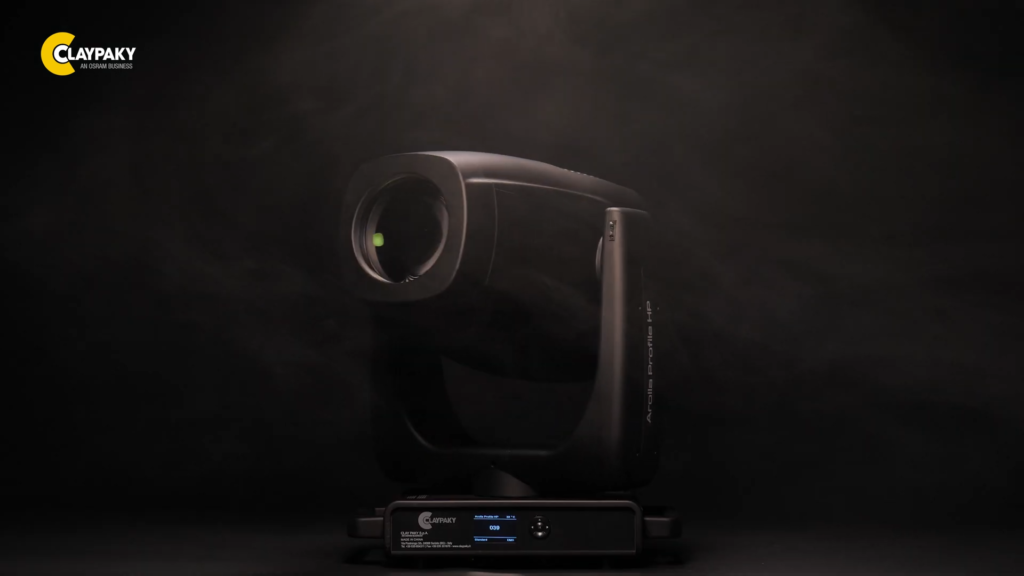
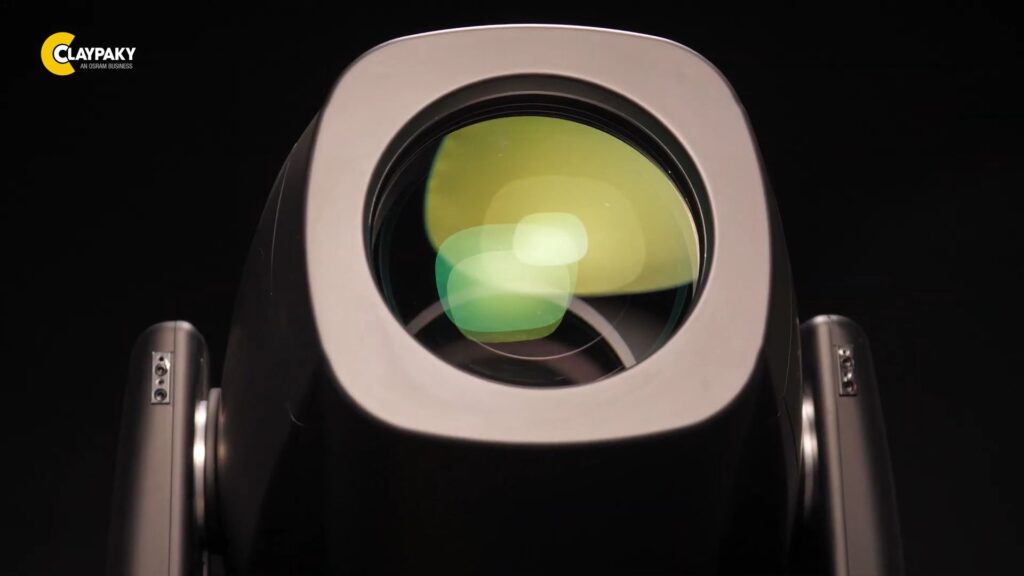
CRI 70+ with selectable filter for CRI 88+. The CRI scale is up to 100, so quite good. By the way, CRI is a color rendering index. The higher it is, the object you shine a light on has nicer colors and looks more natural in the lens. (Quantum at 6718K white 68 CRI, using CTO correction filter CRI at 72)
At the end of this paragraph, the output power stated at 22k lm (in the integrating sphere), compared to Quantum's 12.7k lm. The front lens is 125mm in diameter, the same as the Martin. From the series I play and teach is the average "length" in Asia. Zoom range 6.2°-48.8° (Quantum 12°-36°). Linear CMY color mixing is, as is the CTO filter.
Effects
The device has a 7-color wheel (including a high CRI filter). As we learn from the specifications: 2 rotating gobo wheels with indexable and interchangeable HD gobos. The nice thing is that both wheels are rotatable. As for the gobos they are cool. They will be found both for concert and architecture.
The prism is, rotating, four-armed. Quite interesting is the eSWAP technology, according to the manufacturer: interchangeability of the gobo module from the spot version with the frame assembly of the profile model. Here the idea is that after removing the housing from one side, you unscrew two screws and remove the cartridge with gobos. Like the cartridges in Pegasus (gimby don't know). This is certainly a useful option if you operate the Spot and Profile versions of the magazine at the same time.
I will break down the rest of the parameters in the letter and annotate them with comments:
- Motorized 16-blade aperture - Fern leaf aperture
- Linear heavy frost 5° for wash effect - It is and it works
- A 24-bit digital dimmer with 4 user-selectable dimming curves - it works seamlessly as the tension builds at your old man's stories when he talks about how screwed he was to get to school and it comes with 4 different versions of...
- Digital stop-strobe effect - Certainly useful....
- Go-Bright Technology: no loss of light or color change when gobos are introduced into the beam - Wait, wait... So that means this head has something revolutionary after all? For the rest, that explains where my "woow" was from after shining the gobos in my face from the stage. It looked powerful. Bravo Clay Paky.
Control
Here a paragraph in which you can write about each device for at least several pages of A4 listing all the protocols. Interestingly, we could make a copy-paste from each text and it would be cool. That's why I'll also paste this and put a brief comment on it, because there are no revolutions here. It's like that new Opel, the radio has color.
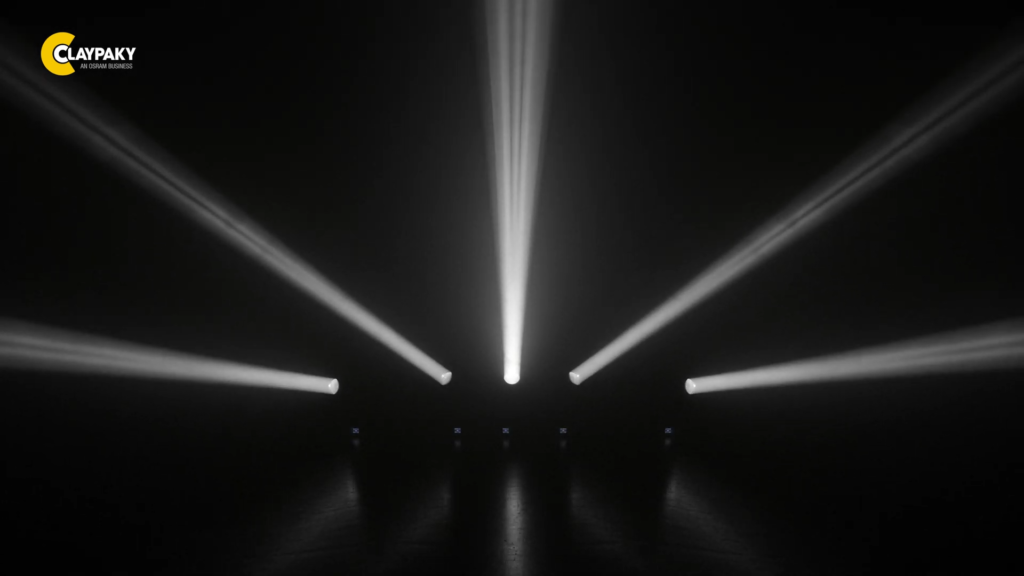
- Control protocols: DMX, Art-Net, RDM, sACN - Everything is
- Personalities: single mode with 29 control channels - Single mode. What don't you understand? With personalities, this is a plus, because as if there was a dual mode, it could mean bipolar affective disorder.
- CloudIO Ready: fully compatible with CloudIO - Beautifully Italian-sounding Clay Paky table.
- Operating voltage: 100-240V, 50/60 Hz - Prund
- Maximum power consumption: 740VA - Power
- 5 user-selectable fan speed modes - And that's cool. That is, such a studio mode.
- Weight: 24 kg - That's about as much as two packs of beer or a woman when you ask about weight.
- Size (LxWxH): 250 x 360 x 593 mm - Same as 1/3 of R2D2
Summary
I shined it, I tested it, I worked well on it. My reference point was Quantum, as it is the most popular spot at the moment. Below is a beautiful infographic that will quickly and clearly give you the knowledge you need to decide what to buy. Because I'm not going to tell you, I'm not getting paid for it.
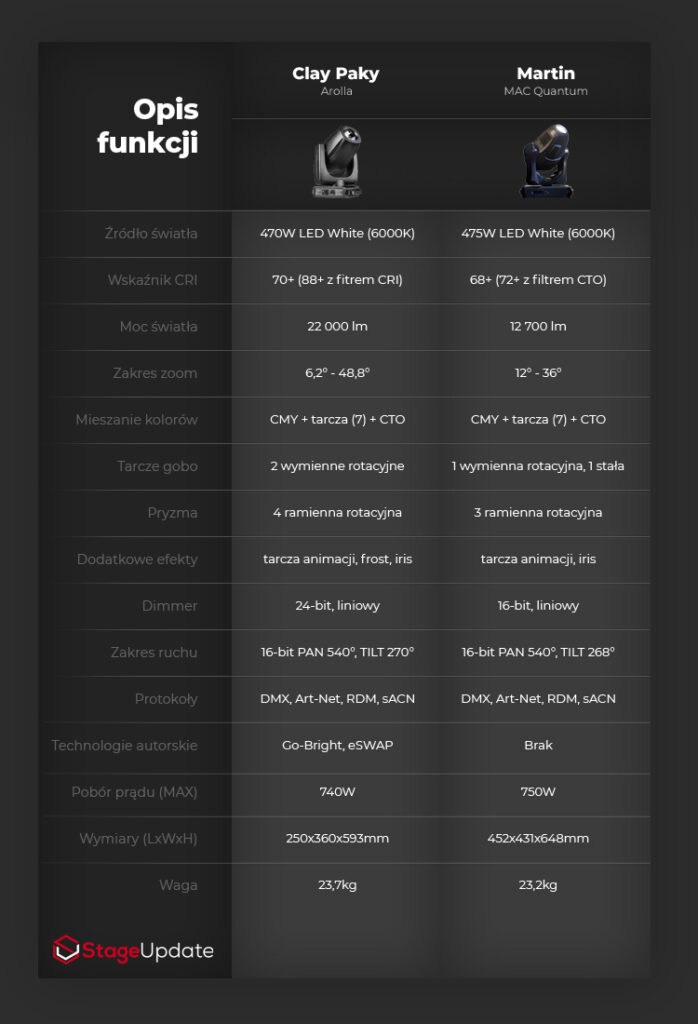
This time you will not find more on the distributor's or manufacturer's website, no less I invite you to visit their websites!
Manufacturer: CLAYPAKYDistributor: Prolight Ltd.



